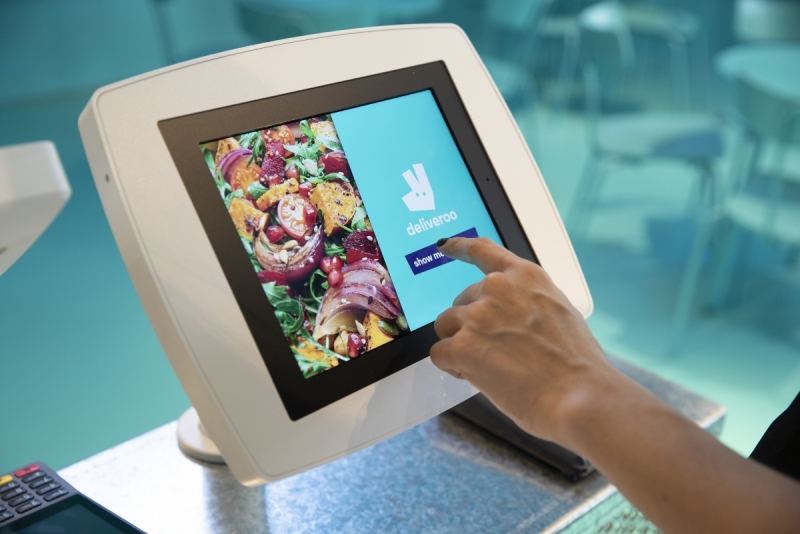Delivery In the Time of F&B!

Food delivery to our homes, workplaces, and external places is now becoming so commonplace it’s become a massive part of our lives, with big corporate food delivery platforms working with restaurants and virtual kitchens all across Singapore, the regional Asia-Pacific, and the world.
Naming a few delivery platforms that people use across the board include Deliveroo, easily one of the biggest brands that’s associated with virtual brands and online businesses and also one of Singapore’s biggest food delivery platforms. A company that operates in nearly 800 locations across 11 markets, the company works with over 140,000 best-loved restaurants and grocery partners on a global market. In Southeast Asia, they chose to set up operations in Singapore, working with 8,000 restaurant partners, over 200 grocery partners in the market and with a fleet of more than 9,000 delivery riders. It’s one of the most extensive, well-researched, and busiest delivery platforms that’s in business. “Restaurants are a key aspect of our business model and we at Deliveroo are committed to helping restaurants succeed,” says Ms Sarah Tan, in an email interview. “To do so, we work collaboratively with all our restaurant partners to create a tailored partnership scheme that works for both parties.”
This is something that has helped in making the processes of working with F&B establishments smoother, especially since delivery of food has become indispensable in the time period before 2020. “With COVID-19, we’ve seen an upward trend in consumers ordering, with more people using food delivery as well as rediscovering the joys of cooking at home and dining together with their families in recent months,” explains Ms Tan. As such, she continues to explain, making sure a continuous supply of grocery partners, as well as riders on the road, are willing and able to supply and deliver as quickly as possible is pertinent, all while making sure the riders do it in the safest manner possible. With their system algorithm, Frank, designed to take into account various factors including riders’ profiles, distance, weather and duration of orders, the system ensures that the company always has the right number of riders on the road in the right place at any one time.
With that in mind, what does the advent of delivery platforms mean for home delivery and for restaurants? Perhaps, of course, the rise of central kitchen systems, known as “cloud kitchens”. Deliveroo, in fact, is one of the first delivery platforms in Southeast Asia to invest in cloud kitchens, known as Deliveroo Editions. These ‘super kitchens’ are specially designed only for the cooking and delivery of specific cuisines. This is wholly taken on by Deliveroo investing in the Editions kitchens upfront and lets their restaurant partners expand with lower risk, and are situated in Katong and Deliveroo Food Market at ALICE@MEDIAPOLIS. This, of course, makes it easier for a brand to expand its reach to customers across the island without having to worry about the compromised quality of the food, getting the food out from the kitchens to the customer’s home in 30 minutes, in tip-top shape. The future of home delivery is bright. With delivery platforms constantly working to ensure the best, food delivery will continue to become one of the options for any working Singaporean looking for a home-cooked meal but unwilling to cook.
 Food delivery to our homes, workplaces, and external places is now becoming so commonplace it’s become a massive part of our lives, with big corporate food delivery platforms working with restaurants and virtual kitchens all across Singapore, the regional Asia-Pacific, and the world.
Food delivery to our homes, workplaces, and external places is now becoming so commonplace it’s become a massive part of our lives, with big corporate food delivery platforms working with restaurants and virtual kitchens all across Singapore, the regional Asia-Pacific, and the world.